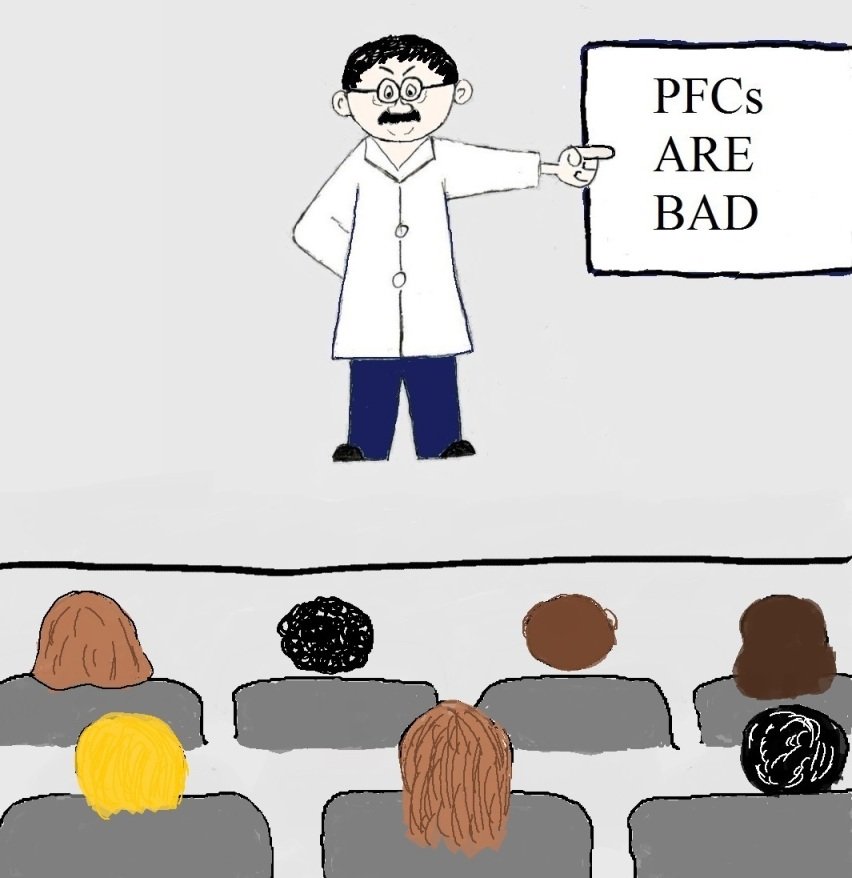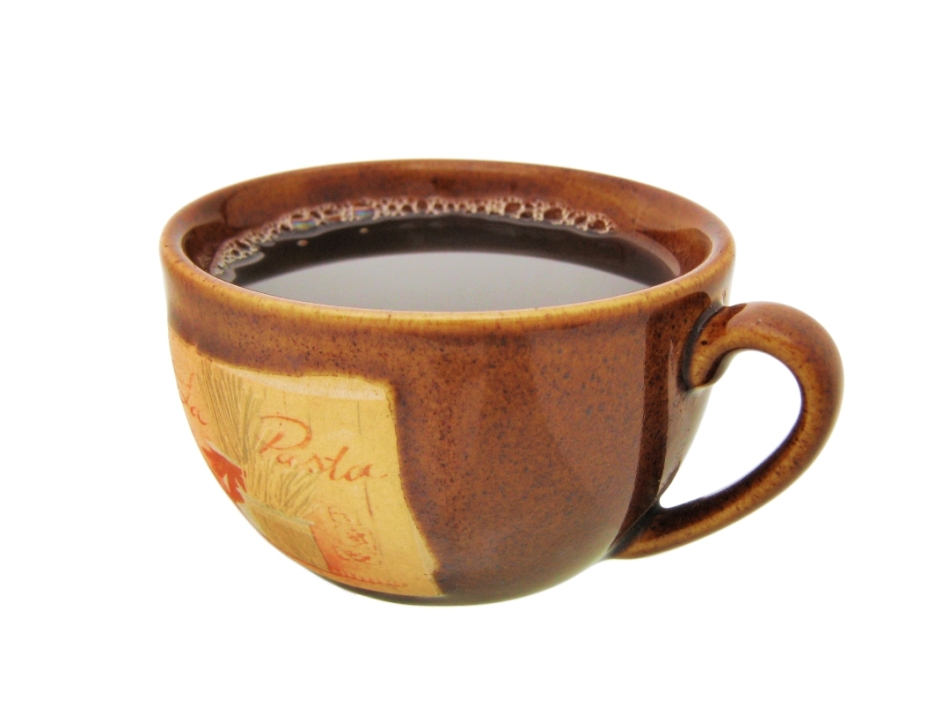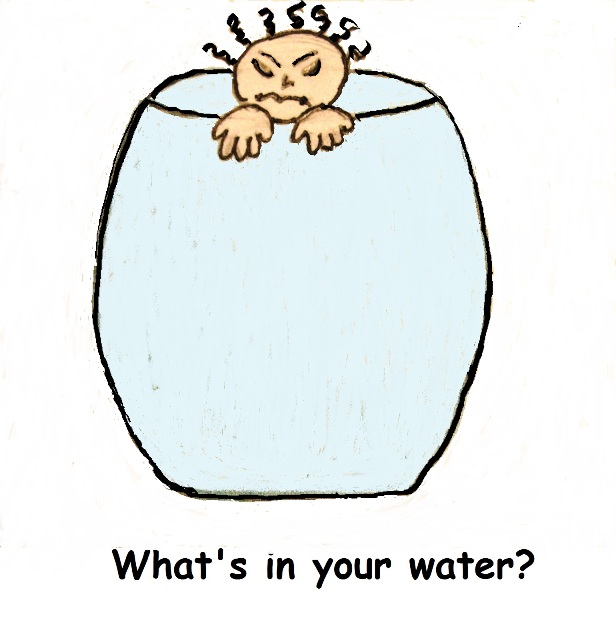Toxic Chemicals in Cookware
Are you confused about the toxic chemicals in cookware, especially non stick pots and pans? The toxic dangers of the original Teflon cookware made with PFOA are well known.
But now, non stick cookware brands claim their products are PFOA or PTFE or
chemical free. But do these new types make non toxic, non stick a reality?
The Original Teflon Cookware Dangers
Polytetrafluoroethylene (PTFE), a plastic that does not burn, is a component in many non stick coatings. Teflon, in use since the 1960s, contains PTFE. What’s changed since 2015 is that PTFE is no longer made made using PFOA.
PFOA is a type of perfluorinated compound or PFC (now called PFASs) that was used to make PTFE for decades. But It wasn’t long before reports of pet birds dying from the fumes emitted while cooking in non stick pots and pans revealed the toxic dangers of PFOA.
Now we know that the first generation of non stick pots and pans released chemicals into the air and your food that cause bladder and prostate cancer, hypothyroidism, and reproductive, developmental and immune system damage.
Although I’ve seen many claims that PFCs were only released if non stick cookware was overheated, I’ve read studies that found significant amounts of PFOA and FTOH (which breaks down into PFOA) were released under normal cooking temperatures.
Plus, once it enters your body, you release PFOA from your body very slowly, at a rate of 10% per year for men, 17% for women and 20% for children. During its unwelcome and very long stay in your body, it clings to proteins in the liver and blood.
The good news is PFOA has been largely phased out of American manufacturing operations. The bad news is, the claim that the second and third generation non stick pans are PFOA- and PTFE-free doesn’t mean non toxic.
The New “Teflon” Dangers
There are two very good reasons why non toxic nonstick still doesn’t exist. While PFOA may be gone, it’s been replaced with similar chemicals with similar toxic outcomes. And, ceramic cookware, although PTFE free, is made with nanotechnology and toxic chemicals.
PFOA Doppelgangers
There are more than 3,000 replacement chemicals with similar chemical makeup to PFCs like PFOA. The specific replacements used to make things non stick are chosen because they are so similar to the banned PFCs. This makes a cost-effective way for manufacturers to replace banned chemicals.
Non stick pans that use PFC substitutes will say PFOA free but not PTFE free. That’s your clue that the non stick coating is Teflon-like but it was made by substituting PFOA with a similar chemical. T-Fal is an example of a very popular brand of cookware that is PFOA free but still uses PTFE.
It’s important to avoid these non stick pans because the studies conducted on replacements for PFOA and other PFCs indicate they may be even more dangerous to your health. For example, one study found these new PFCs are more easily absorbed into your brain.
Plus, there are other types of toxic chemicals that are used to make and are emitted from PTFE. An example is TFE (tetrafluoroethylene, CF2-CF2), a highly flammable, colorless gas that is used as the basic building block of PTFE. When PTFE is heated above 680°F TFE is released. And TFE is a possible human carcinogen.
So when you see cookware advertising ‘PFOA’ free, it means the PTFE was made without the use of the chemical PFOA in the manufacturing process. But instead was made with a chemically similar version that has similar effects on your body.
The Tiny And Toxic Trouble With Nonstick Ceramic Lined Pans
What about the non stick ceramic coated pots and pans? Are they safe to use?
Well, my research shows that most ceramic non-stick coatings contain nanoparticles of Titanium Dioxide (TiO2) particles, and/or Silica Dioxide (SiO2) embedded in a silicone polymer matrix.
For example, STONETEC’s (found on WaxonWare made pots and pans), PFOA, Lead, and Cadmium Free Natural Stone Ceramic Coating, is a water based nano ceramic coating.
It took some digging, but I also found that Thermolon, a non stick coating found on GreenPans and Zwilling J.A. Henckells pans is also based on nanotechnology.
Thermolon™ is advertised as “an inorganic (mineral based) coating comprised predominantly of the elements silicon (Si) and oxygen (O) combined – i.e. materials that originally come from sand.” There is no mention of nanotechnology.
But, a paper I read on Thermolon said it’s made with the sol-gel process. And according to my research sol-gel is a process where “solid nanoparticles dispersed in a liquid (a sol) agglomerate together to form a continuous three-dimensional network extending throughout the liquid (a gel).”
Using ceramic lined nonstick pots and pans will probably expose you to nanoparticles. Although research is lacking, a 2017 study found that significant (up to 861 µg l–1 (147 µg dm–2) amounts of titanim nanoparticles were released from ceramic nonstick pans into liquid that was slightly acidic and nanos were also released when the polymer matrix was degraded ( scratched).
And you know how easy it is to scratch non stick cookware. So, that's a problem because many studies have reported that inhaling and ingesting titanium and silica nano particles are toxic to your cells, accumulate in your organs, cause inflammation and increase the production of free radicals.
Plus, although they are advertised as being completely toxin free' GreenPans and other Thermolon nonstick pans are made with toxic chemicals. The patents I read listed numerous toxic chemicals that could be used to make Thermolon. These includemethyltrimethoxysilane , ethyltrimethoxysilane , normalpropyltrimethoxysilane , phenyltrimethoxysilane and vinyltrimethoxysilane.
In fact, a class action lawsuit was filed against against GreenPans in 2019. The plaintiffs claim “GreenPan Products contain compounds that are known to be toxic." For instance, they include silane, aluminum oxide, tetraethoxysilane, methyltrimethoxysilane, and potassium titanate.
BOTTOM LINE
- PFOA- and PTFE-free doesn’t mean non toxic.
- Ceramic coated nonstick cookware is not completely nontoxic and may leach nanoparticles.
100% Ceramic Cookware
When I published the original version of this article I recommended 100% Ceramic Cookware by Xtrema as a non toxic cookware option. This was based on info provided by the company.
Their current description states “Xtrema products feature a revolutionary and technologically advanced ceramic non-scratch ceramic glaze on the inside and outside of every vessel. This ceramic-glaze consists of 100% natural ceramic materials and is completely environmentally safe. The glaze will never emit gaseous or toxic odors (at any temperature), it will not be damaged by the use of metal cooking utensils, and will never peel or flake off into the food. The ceramic glaze on the outside of the cookware also provides faster clean-up and helps keep Xtrema cookware looking brand new, year after year.”
But I found an old description from 2009 that said - Xtrema products feature a revolutionary and technologically advanced ceramic non-stick Nano-Glaze on the inside and outside of every vessel. So, because of the known and unknown dangers of nanoparticle exposure, I can’t recommend Xtrema.
The owner of Xtrema emailed me when I first wrote this post and told me to remove the old description. That it was a mistake that it was on the website.
He said that his cookware was not made with nanoparticles and was tested to be safe and nontoxic. So to be fair I checked out the tests that were done.
The only thing this cookware is tested for is lead and cadmium leaching. HMMMM?
Well, surprisingly those tests were enough to convince many influential wellness bloggers that Xtrema is nontoxic and safe to cook with. In fact, if you still want to buy some, you can get 10% off here.
But I’m a scientist with critical thinking skills. You can’t proclaim your product is safe because it doesn’t leach heavy metals. That’s like saying Teflon was safe because it didn’t leach heavy metals.
In other words, there are many other toxic substances that can leach from cookware. In the case of Xtrema, that could be nanoparticles.
And that’s what I told the owner.
Silicone Bakeware
Silicone is a synthetic polymer with rubber-like characteristics. Another name for silicone polymer is polysiloxane because it’s made up of repeating chains of siloxanes. Silicone rubber is touted as a stable, inert material made from sand.
But - Is silicone bakeware safe? Specifically – Do chemicals move or migrate from silicone cookware into food? In what amounts do they migrate and are the chemicals that migrate toxic?
Think about this. Even though the basis of silicone is silicon and oxygen, making silicone rubber also adds processing agents like hydrocarbons, additives and impurities as byproducts. And, the answer to the question - do any of the chemicals in silicone cookware end up in your food when you cook with it? - appears to be YES!
Although there's not a lot of research available, the studies that have been done sugest that when used at temperatures above 200° F silicone cookware releases VOCs into your air and siloxanes into your food.
For a lot more info on the toxic chemicals in silicone cookware click on this link.
To learn more about the toxic chemicals in cookware check out the following posts.






